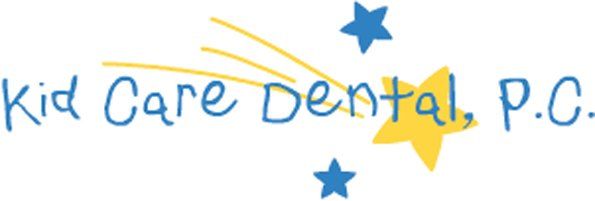Pediatric Dentistry
Free Consultations | Kid-Friendly Pediatric Care | Since 1977
Free Consultations
Kid-Friendly Pediatric Care
Since 1977
Educating Patients About Their Dental Well-Being
At Kid Care Dental P.C., we strive to keep our patients' parents or guardians educated and informed about all your child's dental needs, and give them the information they need to maintain excellent oral health.
We focus on preventing, diagnosing and treating a variety of conditions regarding the teeth and gums.
Brushing and Flossing Instructions
Both adults and children should use brushes with soft, rounded bristles for gentle cleaning. Change to a new brush about every three months.
For Infants
- Wipe infants teeth gently with a moist, soft cloth or gauze square
- As your baby grows, use a child's toothbrush with a small, pea-sized dab of toothpaste
- Once your child's teeth begin erupting, clean them by wiping them with a moist washcloth
- As your child gets more teeth, use a soft child's toothbrush
By age 2 or 3, begin to teach your child to brush, using these methods:.
- Use a gentle, short, back-and-forth motion to remove plaque
- Hold the brush at an angle (45 degrees) towards teeth and gums
- Move brush back and forth with short strokes, about a half tooth wide
- Brush the inside and outside surfaces of each tooth, top and bottom
- Hold the brush flat on top of the teeth and brush the chewing surfaces
- Gently brush the tongue to remove debris
- Floss between teeth daily
For Toddlers
For most toddlers, getting them to brush their teeth can be quite a challenge. Some suggestions for making tooth brushing less of a battle include:
- Letting him brush your teeth at the same time
- Letting him pick out a few toothbrushes with his favorite characters
- Let him brush his own teeth first
- Read a child's book about tooth brushing
- Have everyone brush their teeth at the same time
- Create a tooth brushing routine and stick to it
Breaking the Habit of Thumb Sucking
- Wait till the time is right
- Motivate your child by showing examples of what could happen to their teeth and fingers
- Use a reward system with small incentives
Tooth Eruption
Baby teeth are important because they hold space for permanent teeth and provide chewing, biting, speech and appearance. For these reasons, it is important to maintain a healthy diet and daily hygiene.
- The first baby teeth come into the mouth are the two bottom front teeth, usually about 6-8 months old
- Next to follow will be the four upper front teeth
- Others will then appear in pairs along the sides of the jaw until your child is about 2 1/2 years old
- At around 2 1/2 years old your child should have all 20 teeth
Steps to Control Baby-Bottle Tooth Decay
Because sugar is in your baby's formula, milk or juice stays in contact with the teeth for a long time during the night and the teeth can decay quickly. Follow these tips to avoid the decay:
- Try not to let your child use a bottle of milk or juice as a pacifier
- Put your child to bed with a bottle of plain water, not milk or juice
- Stop nursing when your child is asleep or has stopped sucking on the bottle
- Have your child drink from a cup at about 6 months of age
- Plan to stop using a bottle by 12 to 14 months
- Don't dip your child's pacifier in honey or sugar
Tips for Cavity Prevention
- Choose nutritious snacks
- Watch what you drink
- Avoid sticky foods
- Limit frequency of meals and snacks
- Encourage brushing, flossing and rinsing
- Make treats part of meals
Gum and Periodontal Disease Facts
Studies indicate that gingivitis (the first stage of periodontal disease) is nearly a universal problem among children and adolescents. Advanced forms of periodontal disease are rarer in children than adults but can occur.
Chronic gingivitis can cause gum tissue to swell, turn red and bleed easily. If left untreated, it can eventually advance to more serious forms of periodontal disease. Gingivitis is preventable and treatable with a regular routine of:
- Brushing
- Flossing
- Professional dental care
Conditions that make children more susceptible to periodontal disease include:
- Type I diabetes
- Down syndrome
- Papillon-Lefevre syndrome


Share On: